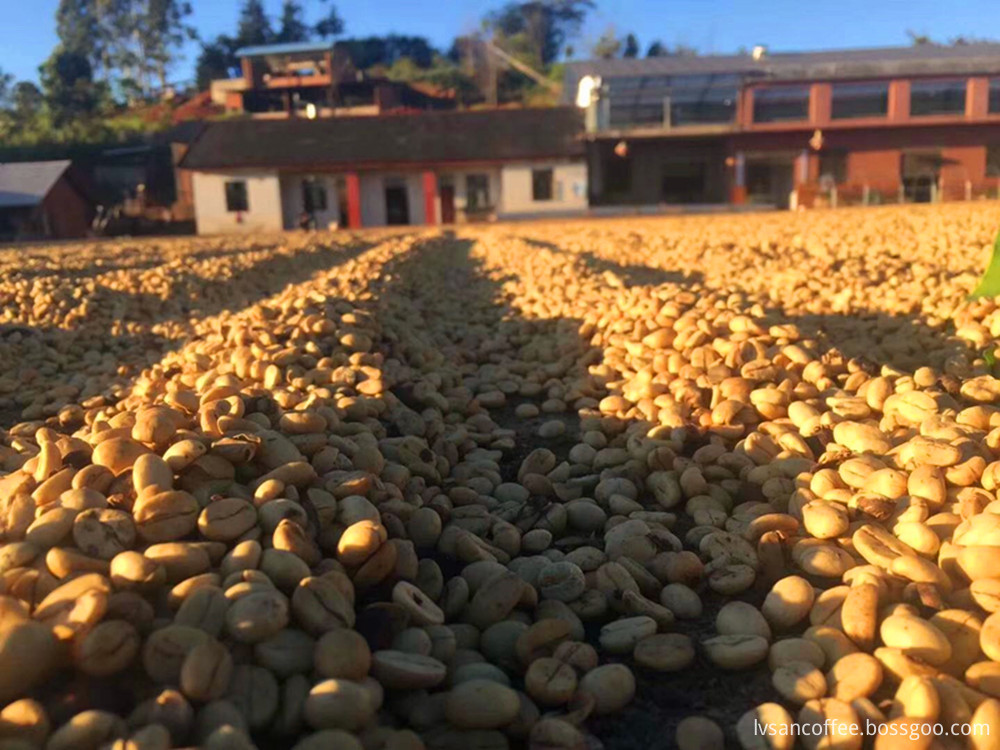Plant growth regulators rich in high technology have been widely promoted and widely used in agricultural production in recent years. If plant growth regulators are applied organically to the production of flowers, not only can they promote growth, control plant shape, induce flowering, prevent flowering, prevent falling off, but also significantly increase planting efficiency. This is icing on the cake.
1, to promote growth (1) with a concentration of 5000-10000mg / L than long-term solution soaked poinsettia, tea and other cuttings base, can promote rooting, improve the survival rate of cuttings. (2) Soaking the seed with a gibberellin solution with a concentration of 50-200 mg/L can promote seed germination and promote the expansion of flower cells and leaves. (3) When cutting, the base of rose branches with a length of 6-8 cm is soaked in a concentration of 100-150 mg/L nicosic acid solution to induce rooting.
2. Controlling the shape of plants (1) Spraying chrysanthemum stems and leaves with high concentration of ethephon solution 1000mg/L can effectively inhibit internode elongation and inhibit flower bud development. (2) Watering the soil with paclobutrazol solution with a concentration of 500 mg/L can promote the dwarfing, compacting and crowning of rhododendrons. Uniform spraying of chrysanthemum with a concentration of 100-150 mg/L paclobutrazol can dwarf the plants. (3) At the initial stage of growth of C. azalea, planting flowers in a soil with a concentration of 2000-10000 mg/L of chlormequat can dwarf the plants; after the flowering of the tulip, the CMC solution with a concentration of 1000-1500 mg/L is used. Spraying the leaves evenly for 10 days promotes dwarfing and enlarges the bulbs. (4) Chrysanthemum cutting with a concentration of 3000mg/L soaking for a longer time than the solution, but also spraying the whole plant twice a day (7-10 days apart) after transplanting for 1-2 weeks to promote dwarfing and flowering of the chrysanthemum plants. Big.
3. Inducing flowering results (1) Soaking the bulbs of the bulbous appendix with an ethephon concentration of 500-100 mg/L for 12-24 hours can break the dormancy of the bulbs and promote the early flowering of buds; the gerbera after treatment with ethephon, Marigold can bloom in advance; plants of musk and lily grown in the greenhouse treated with ethephon at a concentration of 10 mg/L can promote flowering one week in advance; buds of sea bream, sea aphid, aster and marigold treated with ethephon solution. The inhibition will be reduced, and the flowering of Aster and Tagetes will increase significantly; treatment of ornamental fruit flowers with a concentration of 100 mg/L of ethephon will increase the fruit setting rate and speed up fruit ripening. (2) Spraying flower plants with a paclobutrazol solution with a concentration of 300-500 mg/L can effectively inhibit excessive vegetative growth and promote flower bud differentiation of flowering plants; uniform spraying of ornamental fruit flowers with a paclobutrazol solution with a concentration of 400-500 mg/L can be obvious. Improve the fruit setting rate. (3) Uniform spraying of chrysanthemum plants in the vernalization stage with a gibberellin solution at a concentration of 1000 mg/L can enhance the flowering function; uniform spraying with a concentration of 1-5 mg/L of gibberellin solution before flowering in the cyclamen can be achieved. Promote flowering. (4) Pour in early pineapple leaves with a concentration of 5-10 mg/L nitric acid solution in pineapple leaves, and use the concentration of 50-500 mg/L nitric acid solution to evenly spray the surface of the ornamental fruit flowers to delay fruit growth. Cooked, so as to artificially extend the purpose of flower and fruit viewing period.
4, anti-flower disease prevention (1) with a concentration of 300-400mg / L of gibberellin solution evenly sprayed tulip seedlings, not only can urge early flowering, but also early formation of anthocyanidins, to prevent the occurrence of calyx disease; with a concentration of 50mg / L's nicotinic acid is evenly sprayed on Flowers And Leaves in the first 7 days after the flowers are on the market, which can reduce the natural shedding of flowers and cilantro at high temperatures and low illumination, which will improve the ornamental quality; the young saplings will grow in late autumn shoots. , The use of a concentration of 1000-2000mg / L of chlormequat solution plus 1% -2% calcium chloride solution after mixing evenly on the crown, can enhance the cold resistance of citrus young trees; flower buds in the flowers open When sprayed, uniform spraying with a concentration of 100-1000 mg/L of chlormequat solution can significantly enhance the cold resistance and resistance of flower buds.
China Green Coffee Beans
flavor: mellow and balanced, with fruit acid flavor, nuts, honey, chocolate, citrus;
Variety:Aribica
processing method: washing;
water content: less than 12%;
packaging: 60kg / bag

In 1892, French missionary father Tian Daneng preached in Dali, Yunnan Province, China. In order to drink coffee, he taught local villagers to grow and drink coffee. Up to now, coffee has been planted in Yunnan Province of China for more than 100 years, with an area of 120000 mu. Most of the varieties planted in Yunnan are ccatimor, with an altitude of 1000-1500m, The coffee produced in Yunnan has a balanced taste, rich nut and citrus flavor, some of which are very sweet, with obvious taste of chocolate, toffee and maple sugar. It is one of the high-quality coffee producing areas. Our coffee is produced at the junction of Puer and Burma - the Myitkyina original jungle beans at 1500-1750, with a rich flavor, high aroma and high sweetness. The 2019 international coffee cup Masters Tournament (China finals) is sponsored by beans.
Good Coffee Beans,Grade 1 Coffee Beans,Organic Espresso Beans,Fresh Green Coffee Beans
Yunnan New Biology Culture Co,.Ltd , https://www.lvsancoffee.com